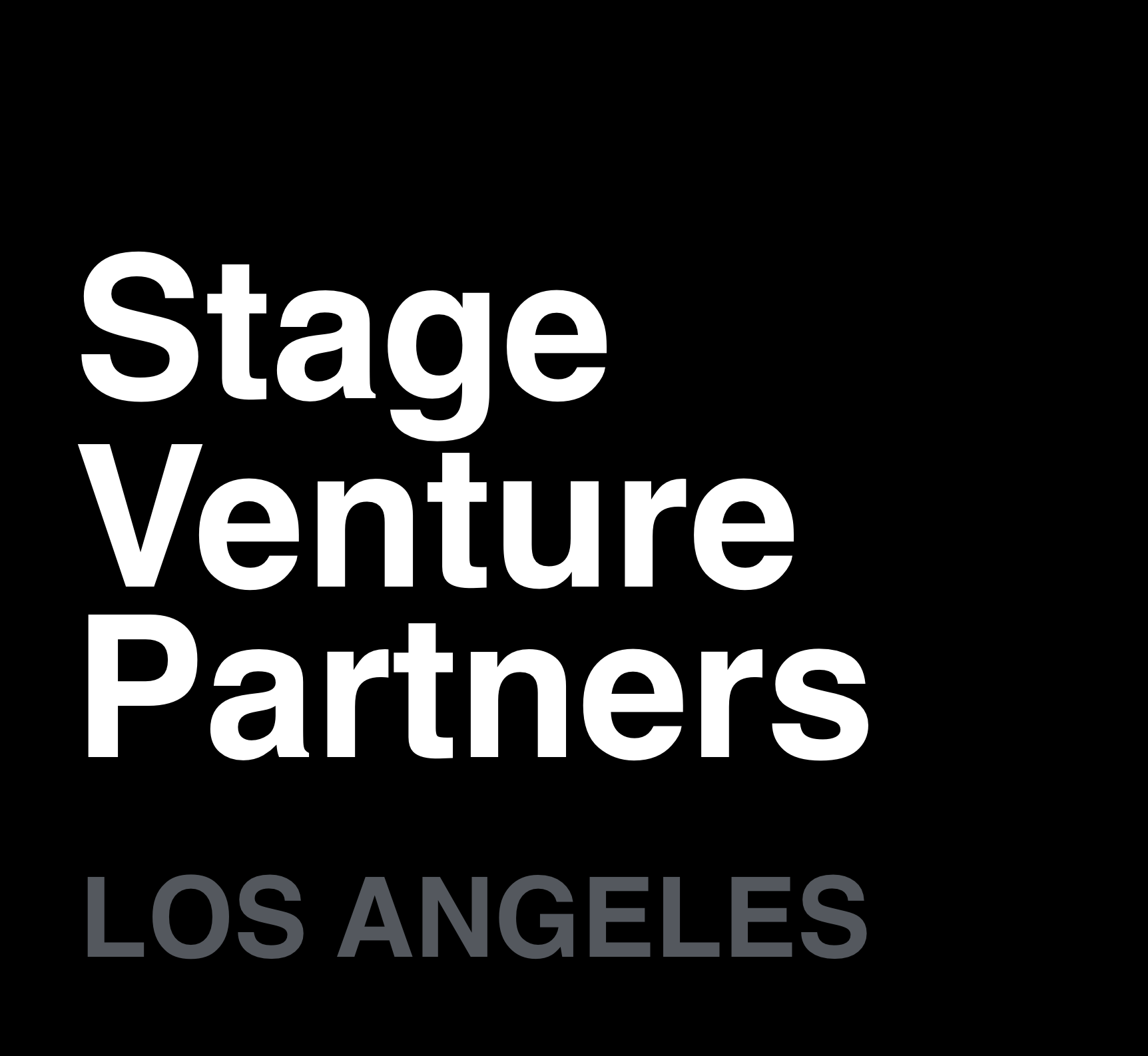How to lose a fight with gravity
It’s 2020, and the tenor of Silicon Valley has changed. A path to profitability is the new growth at all costs. Having gazed upon WeWork’s cash flow statement, we have engaged in the kind of performative fretting that must come after a public failure.
And yet it’s still seductive to think that growth can be purchased. In recent meetings with a few startups building marketing tech products, I’ve heard more than one founder suggest temporarily subsidizing digital marketing spend for their customers, in order to incentivize customer adoption of the startup’s software product. In each case, the startup proposing the brief subsidy was not yet VC funded, and far from product market fit. Also in each case, the lucky customers about to be lavished with money by their tech vendors were Fortune 2000 companies that can borrow money themselves at investment grade rates. Rarely do I see people volunteer to perpetuate the Matthew Effect out of their own pockets. Of course, maybe it was not their own pockets but mine that the optimistic startups hoped to tap?
Regardless of whose money was at stake, I was tasked with explaining why the strategy was certain to fail. It’s useful to go through the case publicly, because so many founders are tempted by this strategy. It may be because they’re confused by the differences between unsuccessful customer subsidies and other strategies that are much more likely to succeed.
Subsidizing consumers versus subsidizing enterprises: In one of the meetings, we talked about Netflix. “Netflix was successful at subsidizing their customers — look at all their debt,” I was told. True enough, but subsidizing consumers is different from subsidizing enterprises. A consumer spends her own money, while an employee spends her company’s money. As anyone who has studied health care in the United States can attest, incentives and behavior both change when you’re spending someone else’s money. We feel the value of a dollar saved or a dollar gained far more when it’s our dollar.
The difference between a subsidy on someone else’s product and a discount on yours: Citing Netflix as an example of a successful subsidy misses the mark for another reason: a subsidy is different from an introductory discount. Netflix may have launched its streaming service at the bargain price of $7.99, a price they knew would have to rise over time. The technique worked for Netflix, and works for many types of software, because giving a customer a discount on your product reduces your revenue and your margins, but it does not result in cash flowing out of your business. A discount can also be reduced or withdrawn at renewal, meaning that it does not have to be a permanent accommodation to a customer. Finally, every discount has a denominator, and that denominator — your list price or the price of a pricier alternative — communicates the value of your product to your customer with total clarity.
By contrast, subsidizing a customer’s purchase of a third party resource — Facebook ads, in the recent discussions I had with several founders — in order to get them to buy your software is distracting, ephemeral, and off target. The act focuses your customer on something else, when the only topic of conversation between you and your customer should be their need for your product. Second, subsidies, like socialism, eventually run out of other people’s money. Finally, when the subsidy budget has been exhausted, your customer has gained nothing of ongoing value, and you have gained nothing of ongoing value, leaving only one person who won in the transaction.
Cost reducing products versus marketing subsidies: We also have to distinguish between the good savings that software can deliver to customers through the product itself, and the bad savings embedded in a misguided marketing strategy. Many of the world’s most successful software products reduce costs for their customers, through some combination of speed, automation, efficiency, and quality improvement. These savings, which are enabled by the product itself, are ongoing. They create enterprise value for the customer through reduced costs and higher earnings, and for the vendor through recurring revenue that earns a premium multiple from investors. When useful software is sold to qualified customers, the account executive making the sale earns a commission, and in the best cases the enterprise buyer earns a promotion. Conversely, a one time subsidy will be neither noticed nor valued once it’s gone.
Fighting gravity: Finally, any startup selling to enterprise customers has a higher cost of capital than its customers. In fact, no class of business has a higher cost of capital than a cash burning startup, which must raise dilutive equity capital on an ongoing basis until it turns profitable. Almost every business in the United States is financed in some other, cheaper way. The bigger the business, the cheaper the capital. Even Netflix is itself subsidized by cheap capital to a remarkable degree. According to the most recent 10-K, the company carries $15 billion of debt at a cost of roughly 5%. Seventy five percent of their contractual principal and interest payments are due after five years. Compared to the capital raised by a startup, this money is free.
If you’re a startup selling software to a company of the size of Netflix, the last thing your customer needs is a subsidy. Offering to help with their digital marketing budget is as absurd as offering to stock the paper towels in the office bathrooms for a year.
Your customer needs software that solves a problem ten times better and cheaper than what they have now. If you have that to offer, no subsidies are needed. And when your cost of capital is higher than anyone else’s — when you feel the pull of gravity more strongly than your customers — you won’t succeed by fighting gravity. You must define the physics of the game such that you’re not fighting against gravity directly, because gravity always wins.
